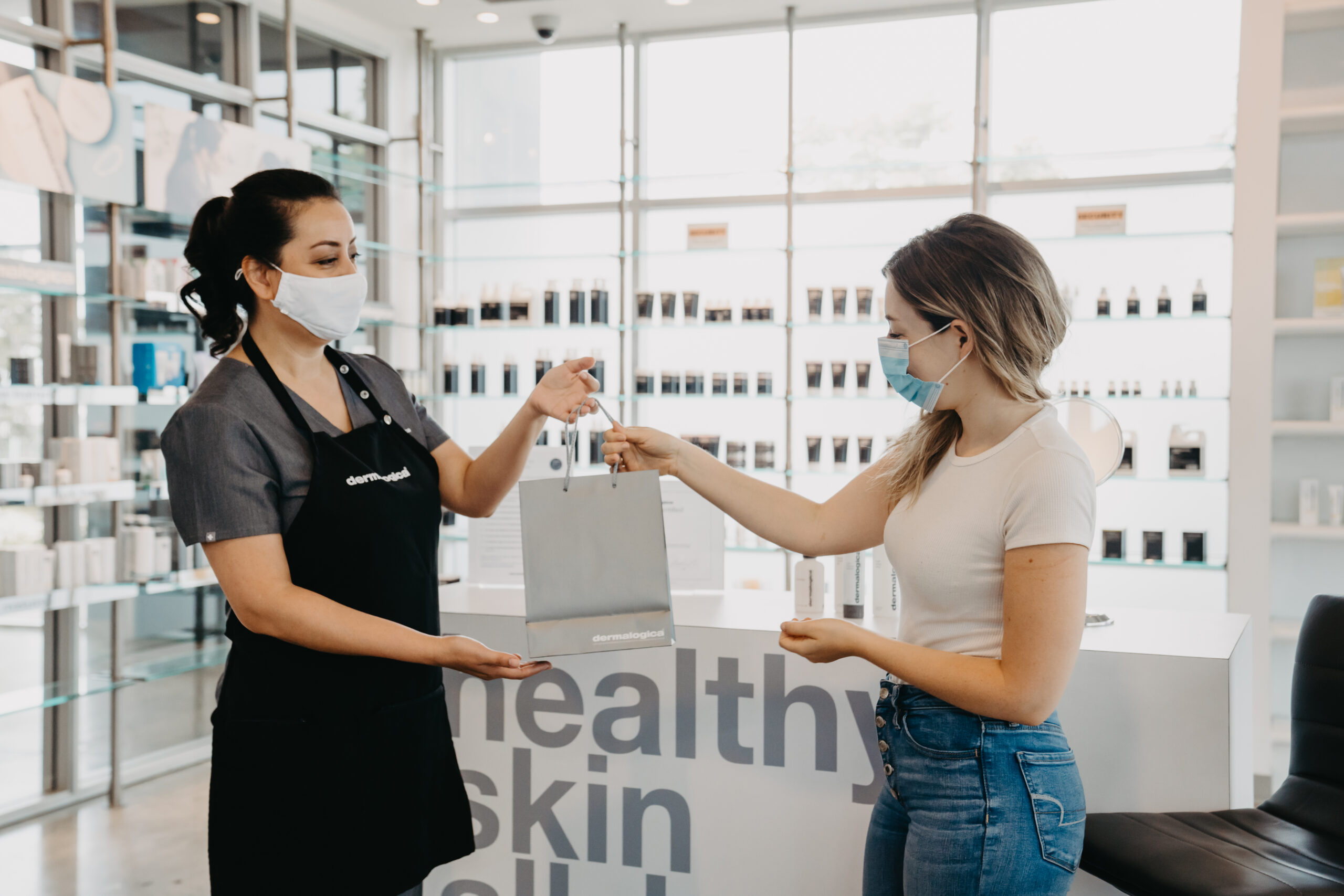
Many researchers work to inhibit Tyrosinase activity and prevent hyperpigmentation. They’ve found that results can be amplified by utilizing multiple actives that use different modes of action to inhibit melanin production.
Combining the following modes of action can help deliver enhanced results. Further, the use of light-diffusing ingredients such as Titanium Dioxide is an efficient way to quickly balance the appearance of uneven pigmentation while other actives work with the melanin synthesis pathway.
1. Inhibit Tyrosinase Activity
As described in the previous section, Tyrosinase is a key enzyme that converts the Amino Acid Tyrosine into melanin – so inhibiting its activity can help to reduce melanin production. Hexylresorcinol is a potent active that can bind to Tyrosinase directly, inhibiting its activity. Hexylresorcinol can also stimulate the synthesis of Glutathione – a natural antioxidant present in the skin that helps to decrease Tyrosinase activity. Black Currant, rich in Omega 6 and 3, also helps to decrease the action of Tyrosinase.
2. Block the Transfer of Melanosome to Keratinocytes
Niacinamide (Vitamin B3) has been found to significantly decrease hyperpigmentation by inhibiting the transfer of melanosomes from melanocytes to keratinocytes.

3. Decrease Tyrosinase Production
Lowering the amount of Tyrosinase means that less enzyme will be available to initiate the melanin production cycle. Peony Flower, rich in Paeonol (a phenolic component), is able to decrease the production of Tyrosinase.
4. Melanin Breakdown
Because melanin is a protein, it can be degraded by certain enzymes – forming a complex with a less intense color. Shiitake Mushroom has a biocatalytic action and is able to break down melanin pigment, reducing the intensity of hyperpigmented areas. It is also rich in beta-glucans that provide anti-inflammatory and antioxidant benefits to help combat hyperpigmentation.

5. Protection Against Pollution
Pollution particles can become lodged in the skin and oxidize the surrounding tissue, leading to free radical damage and uneven pigmentation. Film-forming polymers, together with specific Amino Acid derivatives, can form a protective shield to prevent pollutant adhesion onto the skin, thus reducing pollution-induced dark spots.
6. Neutralize Free Radicals
Given that the free radicals produced by keratinocytes can overstimulate melanocytes and lead to melanogenesis, powerful antioxidants are one of the keys in combating hyperpigmentation. Ashwagandha – also known as Indian Ginseng – is a powerful antioxidant and has been proven to neutralize free radicals.
Hyperpigmentation-reducing actives and modes of action

7. Niacinamide + Hexylresorcinol
Studies show that Niacinamide and Hexylresorcinol have complementary pathways in controlling hyperpigmentation.

8. Managing Expectations when Treating Hyperpigmentation
The enzyme Tyrosinase catalyzes two important reactions in melanogenesis. For that reason, inhibiting Tyrosinase is a key goal for researchers seeking to treat dark spots – and because hyperpigmented skin cells need to rise to the surface and slough off, even the most advanced treatments take some time to show results.
Further, the type of dark spot often dictates the speed of treatment results: hormonally-induced pigmentation and deeper, post-inflammatory hyperpigmentation (PIH) are often more difficult to treat than sun-induced hyperpigmentation. Because treatment takes some time, we recommend educating your clients about the science behind dark spots to help manage their expectations and encourage them to stick with their treatment plan.
Related articles
How Does Menopause Affect Your Skin?
Healing the Industry, the World and Ourselves
Controlling Aging Skin
stay in the know
Get special offers on the latest developments from Front.



